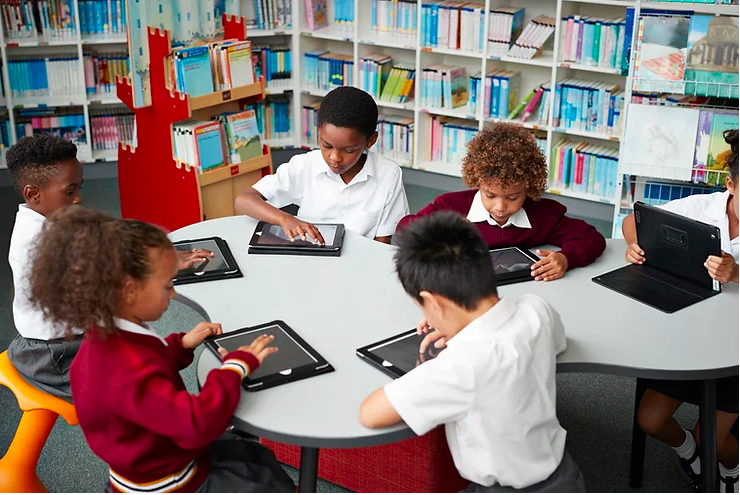What Percentage of Schools Use Technology in the Classroom in 2024?

As we enter 2024, classrooms worldwide have undergone a significant transformation with technology integration in education. Technology has become integral to educational approaches, changing how classes are conducted and information is absorbed from a non-essential option. This article explores the widespread usage of educational technology tools, their impact on learning, and the challenges and benefits they present.
Widespread Adoption of Technology in Schools
By 2024, a considerable 80% of global schools had implemented technology for educational use. Classrooms have various digital devices like computers, tablets, smart boards, and educational software and apps. These technologies have not only replaced traditional teaching tools but also significantly enhanced the learning environment.
Prevalent Technologies in Modern Classrooms
The field of educational technology has a variety of different components.
Laptops and tablets are essential for facilitating interactive and portable learning environments.
Interactive Whiteboards: Increase student engagement by incorporating multimedia resources and interactive activities.
Learning Management Systems (LMS) such as Ncedcloud are crucial for overseeing student information and enabling online education, available on specific sites like the Ncedcloud login page.
Benefits of Technology in Education
The integration of technology in education revolutionizes learning by:
- Enhancing Interactivity and Understanding: Complex concepts are more easily graspable through interactive digital tools, making learning more engaging and effective.
- Facilitating Personalized Learning: Technology allows for learning experiences tailored to each student’s individual pace and style.
- Empowering Teachers: Digital tools support teachers in tracking student progress, managing coursework, and enriching the educational content.
Impact on Student Learning
- Technology has improved chiefly the educational experience through:
- Enhancing Accessibility: Students have the flexibility to learn at any place and moment, surpassing the usual limitations of schedule and location.
- Increasing Participation: Interactive resources and digital materials have enhanced the appeal and enjoyment of the learning process.
Future:
The upcoming advancements in technology within the realm of education. And with the help of tools like Homeworkify App Technology’s role in education is projected to grow even more. Advancements in AI and machine learning will improve the personalization of educational resources, making them better suited to meet individual learning requirements. Furthermore, VR and AR technologies are expected to change conventional classrooms into engaging learning settings.
Challenges of Technology Integration
- Despite the advantages, various obstacles impede the smooth incorporation of technology.
- The gap in technology access is still uneven, significantly impacting students in poorer neighborhoods.
- Teacher training is necessary because effective technology integration relies on teachers knowing about new digital tools.
- Infrastructure and Finances: To guarantee continuous access to top-notch digital tools, investing significantly in infrastructure and securing ongoing funding is essential.
Strategies for Overcoming Challenges
- To tackle these challenges, schools need to:
- Collaborate with local businesses and governments to invest in infrastructure for technology access, as it is essential.
- Training teachers is essential to provide them with the necessary skills for digital education.
- Improve IT assistance: Creating robust IT systems will guarantee that students and teachers can depend on seamless and efficient technology utilization.
Conclusion
As we progress through 2024, it is evident that technology has become a crucial partner in education, enhancing the teaching and learning process. By successfully addressing the obstacles of incorporating technology, schools can guarantee that they utilize the complete benefits of digital progress, leading to a future where all students are equipped to thrive in the digital era.





